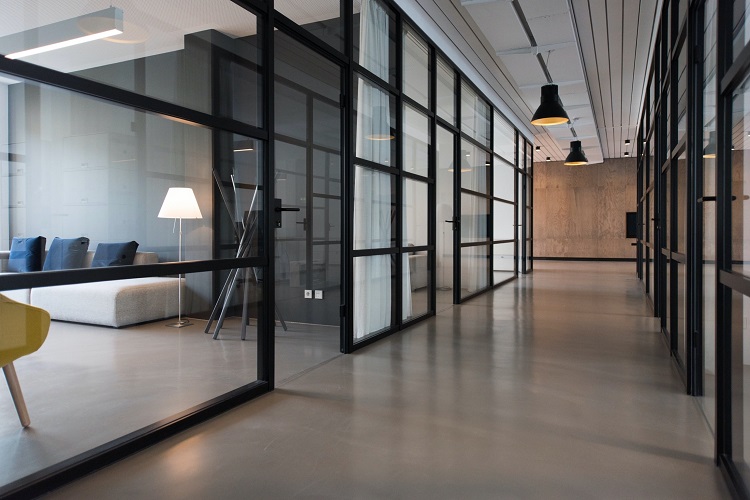Over the past six months, I have written several articles trying to help clients catch glimpses of the economy. We all understand the tremendous shock our economy has taken as a result of this pandemic, but most media outlets provide little help in contextualizing what is happening.
In previous emails, I have discussed consumer sales. Today, let’s look at real estate, but not residential real estate. Instead, let’s take a look at those sectors of the real estate market that tell us something about the health of renters.
Below is a chart showing rent collections in April compared with those in July/August for five different sectors of the commercial real estate market: industrial properties, apartments, offices, free-standing retail buildings, and retail within shopping centers and malls.

These data provide some much needed context about the health of companies and individuals who rent their work spaces or apartments. What is amazing to me is that while there must have been some decline in rent collections in April across industrial, office, and apartments, the percentages of rents paid still well above 90%. In other words, the vast majority of businesses and people who rent their industrial or office space and those individuals who rent their apartments paid their rent in April. And by the end of the summer, rents paid in those three sectors climbed even higher.
It’s not particularly surprising that retail operators were harder hit, but even so, 73% of free-standing retail spaces paid their rents in April. And with both types of retail establishments, the bounce back is quite remarkable. Large majorities of retail establishments are finding ways to make things work that allow them to open their doors, make sales, and ultimately pay their rents.
This graph was produced by JP Morgan Asset Management and the following is their analysis of these data.
The sudden need for social distancing in response to the pandemic has accelerated longer-term trends in commercial real estate: stores closed, warehouses rapidly processed inventory as online shopping increased, employees began working from home and many Americans struggled to pay rent after historic job losses. Yet, rent collections in many REIT sectors remained stable. Despite remote working, office rent collections remained strong, and have modestly improved since April. Office contracts are often long term, and as employees slowly come back to work, having ample office space is necessary to maintain social distancing. Collections on apartments also remained surprisingly strong, but could see pressure ahead with the expiration of eviction freezes and extra unemployment benefits. Retail was the hardest hit property sector, with collections falling to 73% for free standing stores, and just 50% for shopping centers in April. However, both of these areas rebounded, with collection rates of 91% and 80%, respectively, in August. Industrial real estate fared the best, with collections barely budging, as warehouses processed shipments from increased online orders. Going forward, we anticipate many of these trends, like the shift from brick-and-mortar retail to e-commerce and the rise of telecommuting, will continue.
As I have said previously, the US economy began the year in a very good place. That strength, coupled with the resilience, ingenuity, and flexibility of US companies, is helping us all weather this storm.
With respect to the overall market, the S&P 500 hit a number of new highs in early September and over the last several weeks has traded lower. That’s not particularly surprising and is likely a healthy development. Other than news related to the trajectory of the pandemic, vaccines and the election, there is not a lot of economic news on which to trade. Third quarter corporate earnings season won’t begin for another few weeks, so I wouldn’t be surprised to see continuing sideways trading until then.
If you have questions or would like to talk, please let me know.






